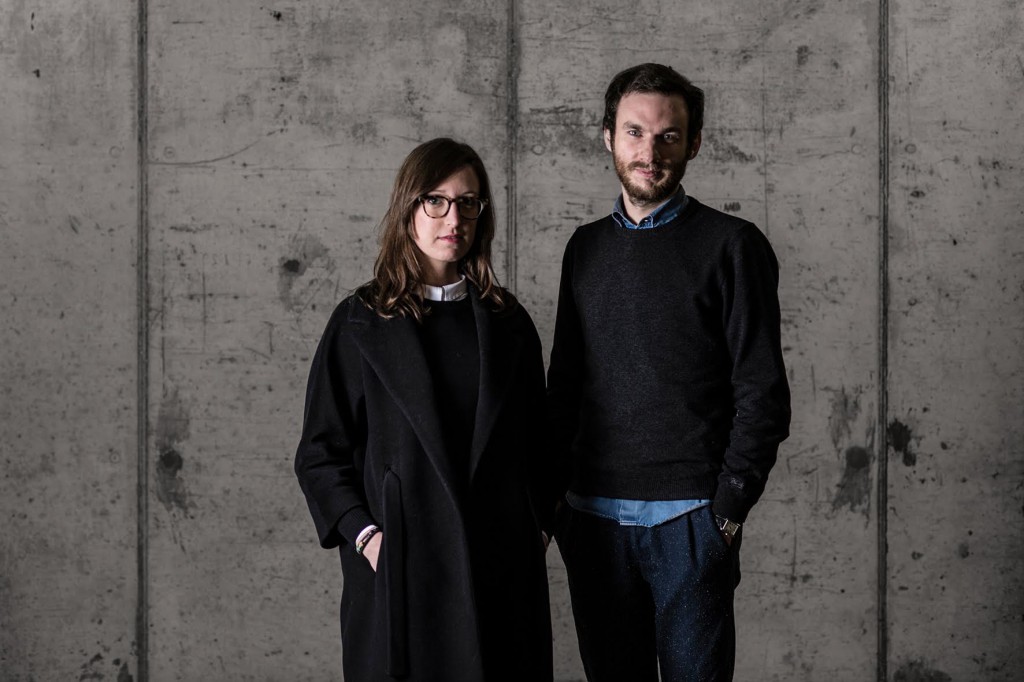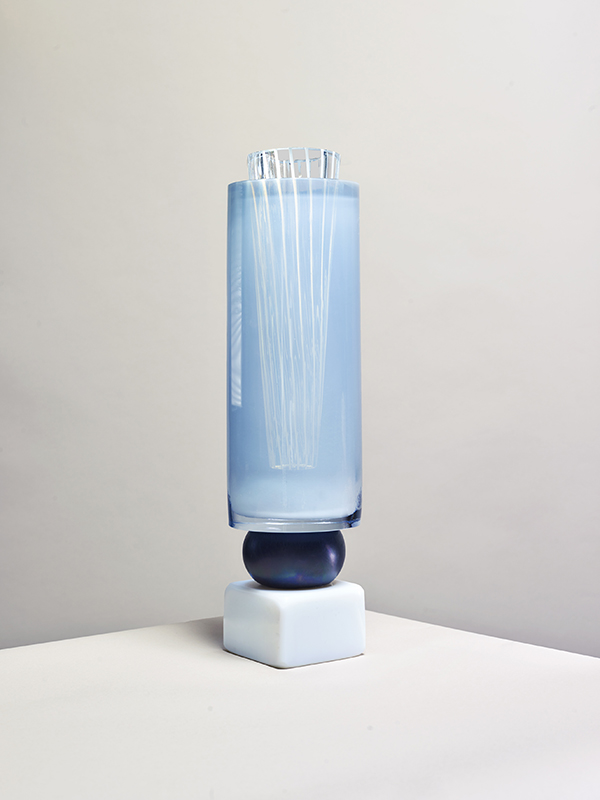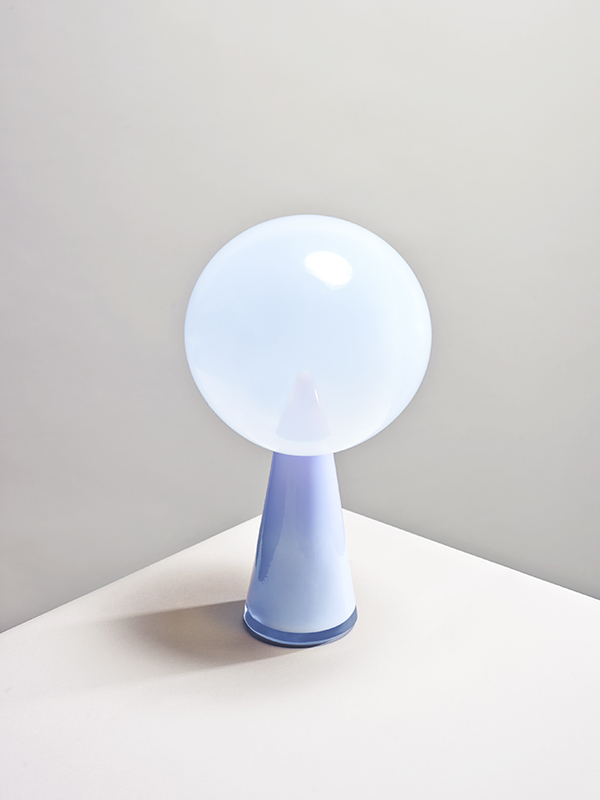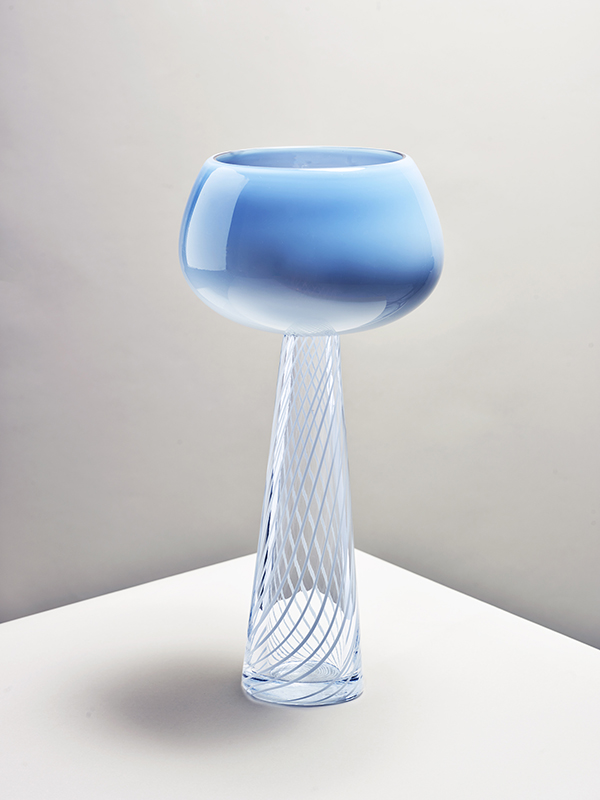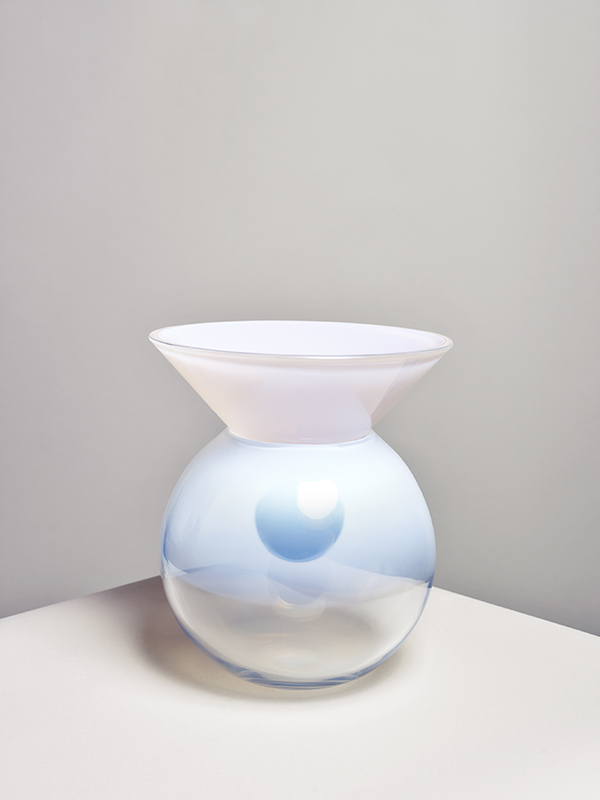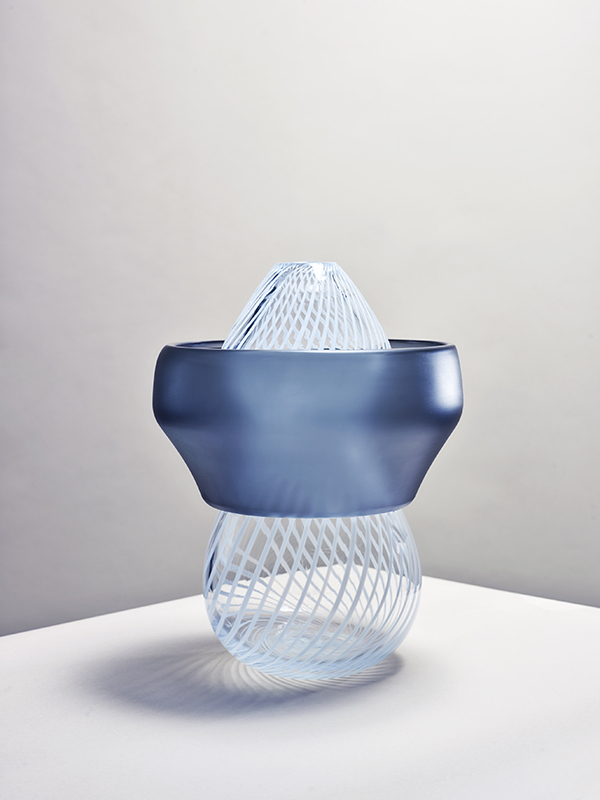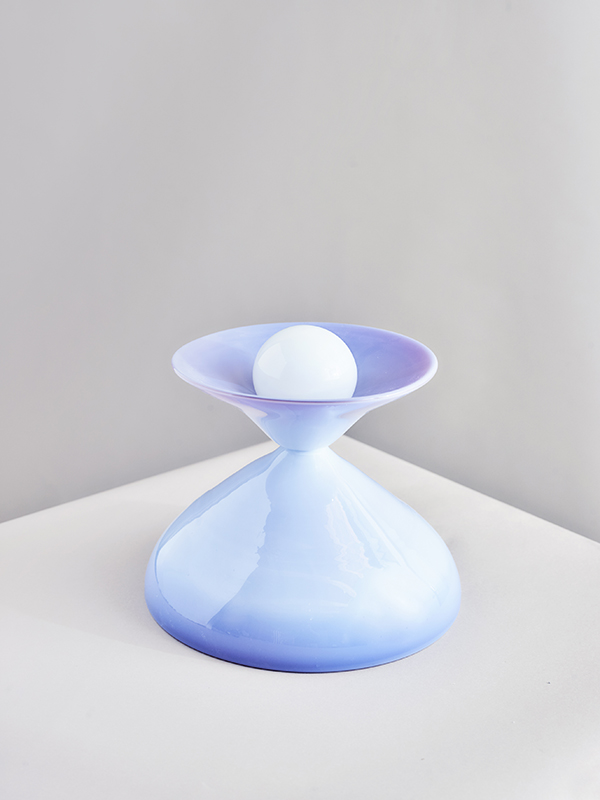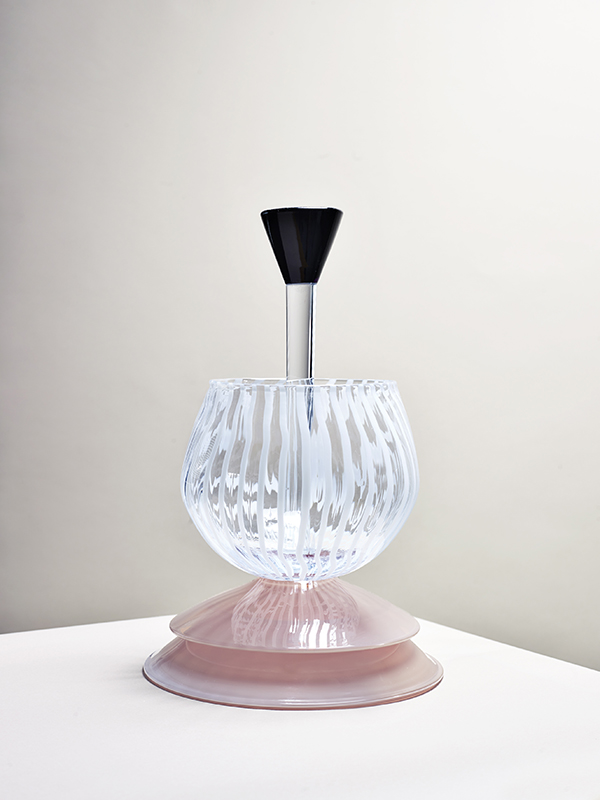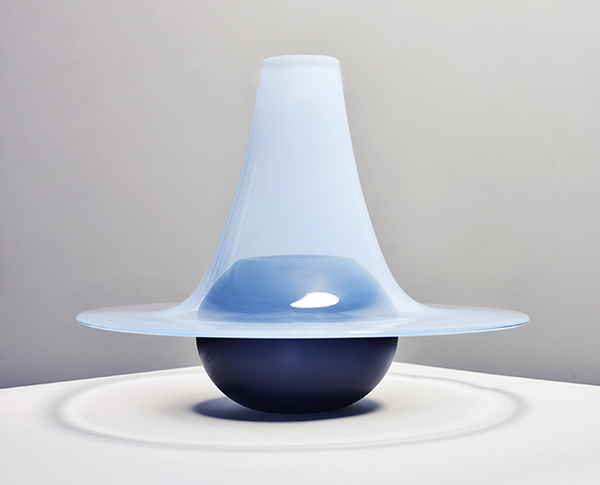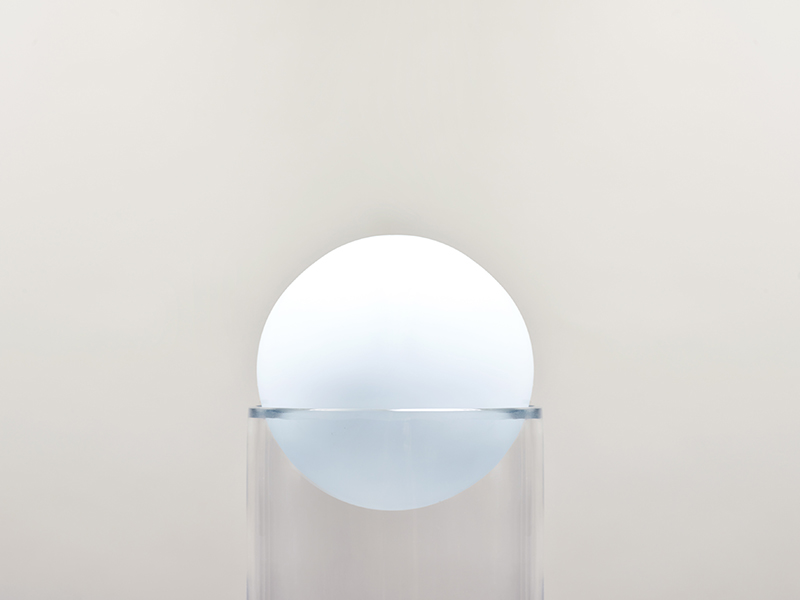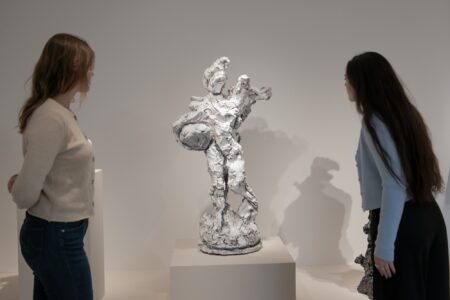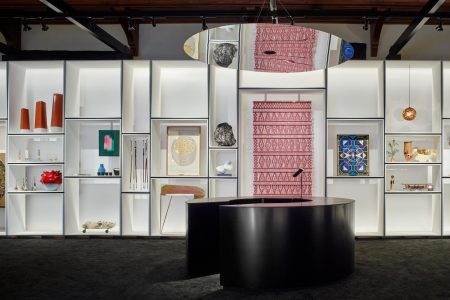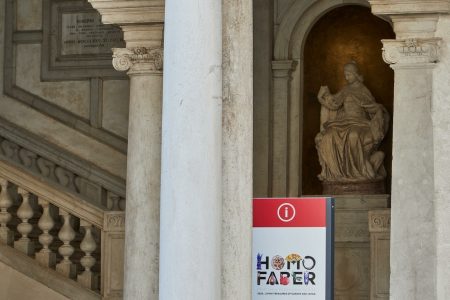Giorgia Zanellato’s Sospesi
This month the Venetian designer is presenting Sospesi, a collection of glass pieces, at Brussels’ The Gallery
The Gallery Brussels is hosting Sospesi, a collection of nine glass pieces by Venice-born designer Giorgia Zanellato. After studying at the IUAV in her hometown and the ECAL in Lausanne, she is now a consultant at Fabrica and has worked as a freelance designer, with the Zanellato/Bortotto studio, for the likes of Moroso, Cappellini and Petite Friture.
The lagoon-like colours in these suspended objects, “same but different, create transparencies and sophisticated light effects,” according to Zanellato. These qualities caught the eye of The Gallery’s artistic adviser, Marino Fermi. “I admire her capacity of working anew with ‘dangerous’ materials –that is, those that lead down the dangerous path of banality, of easy references,” he said about the designer. “You’d only have to look at Mirage, a lamp collection for the Galleria Luisa delle Piane in Milan, where she used neon in a new way, with no references whatsoever to the pop design of the past.”
With Sospesi, Fermi explains, “she knew how to deal with an unpredictable living material, using geometric shapes to create magical pieces by playing with both the inner light of glass itself and the outer one –both natural and artificial.”
We spoke with Zanellato about the ways in which her home city has influenced her pieces, the joys of working with Murano glass and the importance of letting this unpredictable living material choose its own way.
TLmag: What’s behind the name of the exhibition, “suspended”?
Giorgia Zanellato: The name “sospesi” comes from the idea of designing a glass collection that could investigate the overlapping shapes that stand in precarious and surprising balance. Each component is suspended on top of each other, creating an ethereal and subtle atmosphere.
TLmag: You follow the path of many Veneto-based glassware designers that came before you –born in the region, studied in Venice and working in Treviso, and you name many of your pieces with references like La Serenissima and acqua alta. But what is your generation presenting, in terms of enriching Venetian glass, that is totally yours?
GZ: I was born in Venice and my connection to the city has always been very strong. I love my city, and it has so many secrets and details to discover that is the best place for me to be inspired. That’s how we —[partner] Daniele Bortotto and I— started our first collection, called Acqua Alta, inspired by the city itself. We were studying in Switzerland at the time and we were missing our origins.
TLmag: Why did you decide to work with this material?
GZ: Murano glass is very special and authentic. Having the chance to work with it is a very big privilege, especially for new generations of creatives. The know-how present in the Venetian island is very well kept by Murano glass companies and artisans, and having access to it isn’t easy.
It’s very different from other types of glass: Murano glass is an ancient material, and throughout time it has passed through an infinite library of shapes and finishings. The challenge is to use this very well known gallery to combine shapes and colours, creating unexpected results that looks fresh and updated.
TLmag: You’ve used techniques such as the incalmo for other commercial pieces. Which techniques did she use for the pieces on display at Sospesi?
GZ: The techniques used in the Sospesi collection are many and different: I tried to explore and understand the behaviour of this living material. In some pieces I used the filigrana technique, where the result is a sort of striped glass made from little glass tubes. Another technique, related to the uses of colours, is the iridescent glass, which is present in the Abissi piece. Then there’s the incamiciato technique, where the final colour is comprised of different layers of different kinds of glass.
In all of them there’s the special opalino white, a particular white with a subtile pearl finishing. Some pieces are in blown glass, some blown in a mould, some in massive glass. The opportunity to work with this material makes you want to try as much as you can.
TLmag: Visually, your striking pieces for Sospesi are hard to categorise: they look like Murano meets Luc Besson’s Fifth Element –it’s as if, mid-way through the production of each piece, some alien life form had taken hold of the instruments. How would you categorise them?
GZ: Glass is a material that leads you to different paths, and your choice is to either follow it or try to dominate it. Sospesi plays with this tension, sometimes forcing the material into fixed shapes, sometimes letting the glass choose the way. The result is not a special category of objects, but it’s the feeling and the emotions they want to present, with ethereal colours and light that play together, creating unexpected glass shapes.
The Sospesi collection will be on display at The Gallery Brussels until October 1.
